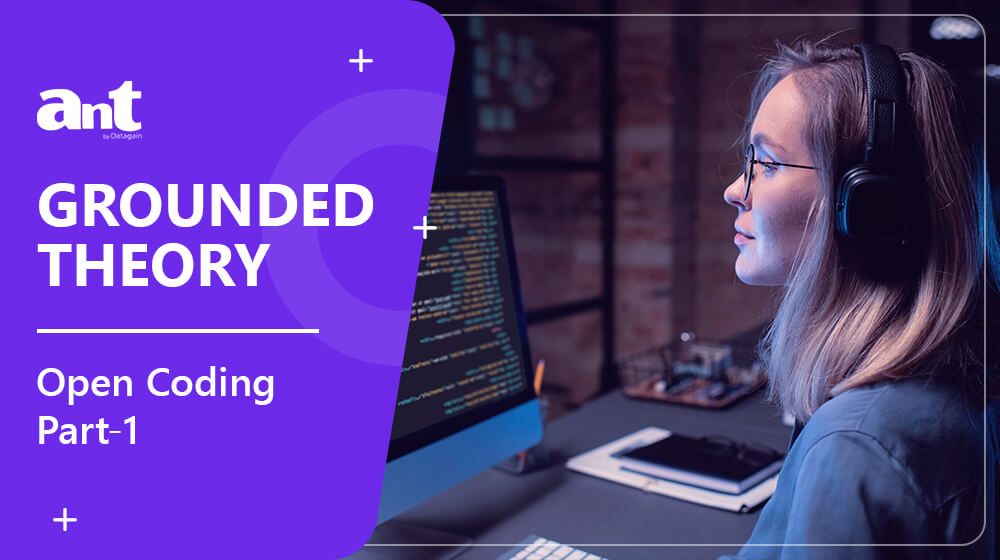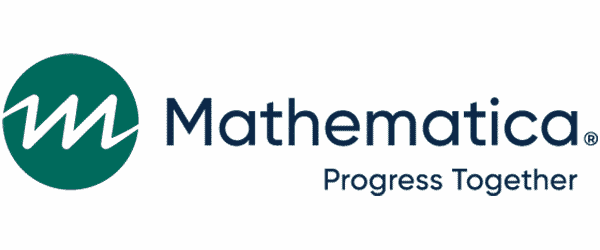
Home » Transcript Library » Grounded Theory – Open Coding Part 1
Grounded Theory – Open Coding Part 1
Okay, I mentioned about the sequence of stages. Here’s the kind of the approach taken by Strauss and Corbin, and I said, they are probably the most, I think the best one, the bestselling books on Grounded Theory. I guess the other one that’s selling quite well now, I think is Kathy Charmaz, as I’ll mention her again later on. In that book, Strauss and Corbin identified these three stages of coding. Well, they’re called Open Coding; a procedure I said have a developing category of information. Early kind of procedure, I think it’s called open coding because it has this idea of being open minded about what you’re trying to find in the data, being open to ideas and so on and so forth.
Then there’s Axial Coding, which is about interconnecting the categories or the codes you’ve got and also, I think about how that’s done and what issues come up there. And then finally they talk about Selective Coding, which is about being selective, picking on certain codes and saying these are the codes which I need to develop my theory, my explanation, what’s going on here. These are the — and in fact the term core categories, is sometimes use well, core codes to identify certain things that are central to the whole explanatory framework that you’re developing.
Okay, I’ll [inaudible] more about those in turn, but don’t get carried away with these. Some people talk about these when, you know, they’re writing their papers on — you know, having used Grounded Theory, we did this coding, we did that coding and so on. I see these very much the kind of heuristic devices these are ways of talking about things that help you think through the process. Strauss and Corbin are very good at that, coming up with ideas about how you can forward your thinking and your analysis and so on. But you don’t have to follow these, there can be other approaches, like I said, Kathy Charmaz has two stages, Miles and Huberman who are not even grounded theorists, they too have stage one, stage two coding of a similar kind as well. So, this is not the only approach that has this movement in this kind of direction. But nevertheless these are useful devices.
Okay, what is open coding then? I said it’s being open to new ideas or you’re familiar with coding, I went through coding and itself a couple of weeks ago, so you know what that is about. It’s about applying codes to the text, labeling passages in the text as being about something or the other. Now what is about a code is an issue and in the early work by Glaser and Strauss back into the 60s and 70s, particular when they were still writing together, they had a split up after that at some stage, and in fact Strauss has died, he died a few years ago, although Barney Glaser is still writing and still has website up and running and pushing his version of things. In the early days, there were very much a kind of, what we now call a realist approach to analysis. So, like the methods last week, the assumption was that there is a degree of interpretation going on here, but essentially it’s a realist interpretation. It’s an understanding that, yeah, we can check what’s going on, we can get from people what they did, and we have to take it on trust and that’s what they did. Although, of course both Glaser and Strauss were in fact very much influenced by Symbolic Interactionism, so they had with that the whole set of issues about, you know, interpreting the responses they got from people interviews.
So, it’s coding, that’s first of all, the open coding. It’s going through [reading] the text, finding out what’s it about and you’ve done a bit of that last week, sorry, week for last, I mean. You’ve gone through and, you know, coding some text, you know what the issues are and how difficult it is. In particular Strauss and Corbin suggest that we avoid trying to be [mere] descriptive and I said this is one of the issues to you the other week, that it’s almost kind of generally agreed upon that the idea in coding is to get away from simply using the respondents terminology, their way of seeing things, to get away from describing what’s there to a more analytical, more theoretical thing. Here’s a couple of examples from Strauss and Corbin, so rather than this person talk to manager, or this is talking to a manager, you know, this is what the person was doing or this is what they were saying, then they could be conferring, if conferring what indeed they were doing, it kind of gives a slightly more analytic idea of what was going on there. And the same with, information gathering, not reading the schedule. Reading the schedule, this describes what happens, information gathering talks much more about motivations and intentions and therefore getting away from the simple description to another level.
Now, in doing this coding and going through and doing this kind of thing, both Glaser and Strauss have written their original work, and of course Strauss and Corbin later on emphasized constant comparison, and this is a term that occurs time and again in in Grounded Theory work, the idea of constant comparison. And I’ll come back in a moment to say something more about what that is, but essentially it is comparing what you’ve got with others of the same kinds, other things you coded the same way and thinking about how you do that. And lastly on this slide, open coding involves a progress towards saturation. Towards the situation in which you’ve looked for instances of this thing you’ve tried to find more examples of this, more areas where it can be coded the same way, perhaps more example of that thing happening in different kinds of cases, until you exhaust the concept. You can’t think of any other ways in which it could be happening other kinds of people doing it and so on. So it’s both the code itself that is exhorted, there are other variations on what’s going on there and the situations you’re investigating, the different cases, or the different settings, or different individuals you’re interviewing, you can’t leave any new kind of variations on those who might be doing these kind of things. Now it’s always an issue with saturation, that how you measure when you finish, but it is a sense of, there’s no point in looking any further. So, it’s a quite an exhaustive technique in that sense, both exhausting to [do with] individual doing it and exhaustive in that sense.
Copyright Disclaimer
Under Title 17 U.S.C. Section 107, allowance is made for “fair use” for purposes such as criticism, comment, news reporting, teaching, scholarship, and research. Fair use is permitted by copyright statute that might otherwise be infringing.






